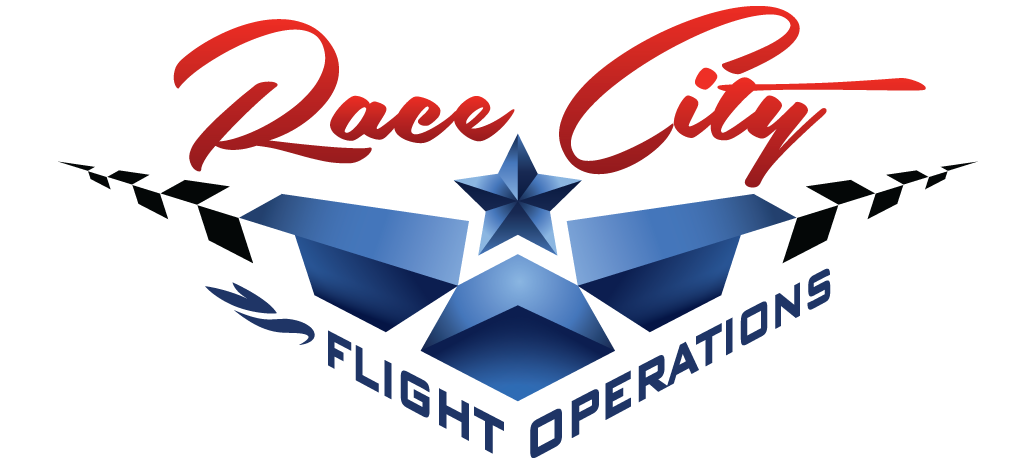Not all simulators are created equal. The first step is to find out what class of flight simulator you are using.
Here at Race City Flight Operations, we have an Advanced Aviation Training Device (RedBird LD) and a Basic Aviation Training Device (RedBird TD2) that are approved by the FAA.
The Federal Aviation Administration (FAA) classifies simulators under three categories:
-
Full Flight Simulators (FFS) — Levels A through D
-
Flight Training Device (FTD) — Levels 1 through 7
-
Aviation Training Device (ATD) — Advanced and Basic
Unless you are going for a type rating in an Airbus, it is very unlikely to see a Full Flight Simulator at a flight school. These are multi-million dollar devices that give the illusion that you are actually flying somewhere—They are truly incredible. The most common of these simulators are Level D.
Flight Training Devices can be found at larger schools, like universities. Usually, FTDs are specific to one aircraft and will behave very closely to that aircraft’s handling capabilities.
Finally, we have the most commonly found simulators, AATD and BATDs. A professional flight school will most likely have one of these. The benefits are truly there as they allow students a chance to realistically put their knowledge to the test.
Basic Aviation Training Device (Letter of Authorization)
Under part 61 you can log the following hours of training:
-
§ 61.109(k)(1) — Private Pilot Certificate; up to 2.5 hours
-
§ 61.65(i) — Instrument Rating; not more than 10 hours
Under Part § 141.41(b) you can log the following hours of training:
-
Appendix B — Up to 15% towards the total Private Pilot training time requirements;
-
Appendix C — Up to 25% towards the total Instrument training time requirements;
Advanced Aviation Training Device (Letter of Authorization)
Under part 61 you can log the following hours of training:
-
§ 61.109(k)(1) — Private Pilot Certificate; up to 2.5 hours
-
§ 61.65(i) — Instrument Rating; up to 20 hours
-
§ 61.129(i)(l)(i) — Commercial Pilot Certificate; up to 50 hours
Under Part § 141.41(b) you can log the following hours of training:
-
Appendix B — Up to 15% towards the total Private Pilot training time requirements;
-
Appendix C — Up to 40% towards the total Instrument training time requirements;
-
Appendix D — Up to 20% towards the total Commercial Pilot training time requirements;
In order to find what we can legally log, we must look at FAR §61.51. Under this regulation time on an AATD must include the following:
-
Date
-
Lesson Time (Dual Received)
-
Type and Identification (ex. Type — AATD Identification – Redbird LD)
-
Simulated Instrument (only the time in instrument meteorological conditions or IMC)
-
Location and Type of Approaches (if required for §61.57)
-
Flight Instructor Endorsement
-
Remarks (Syllabus lesson or training performed)

Here is what a logbook entry would look like.



